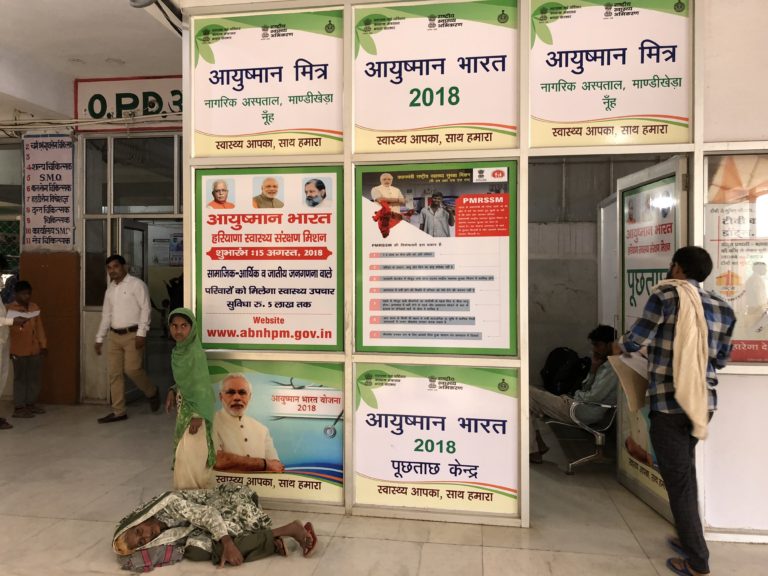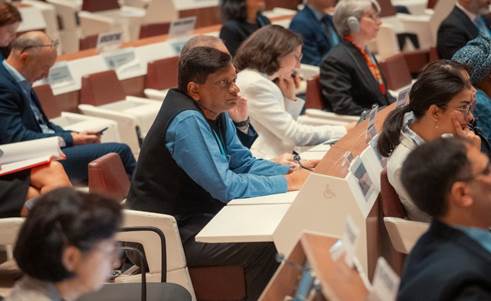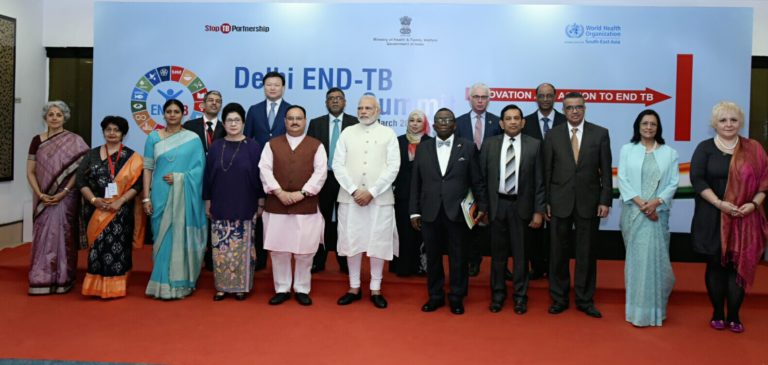To realise the promise of a tobacco free generation could substantially reduce global lung cancer mortality
A new modelling study has found reducing smoking rates to 5% by 2050 would increase life expectancy by one year among males and 0.2 years among females. It could also prevent a whopping 876 years of life lost (YLL) a metric to assess early mortality and morbidity because of a specific cause. This would require significant acceleration globally of tobacco control efforts, a new study published in The Lancet Public Health has estimated.
Findings from the study suggest that, based on current trends, global life expectancy will likely rise to 78.3 years by 2050 – up from 73.6 years in 2022. However, if tobacco smoking were to gradually decline from current levels to a rate of 5% in 2050, this would result in one year of additional life expectancy in males and 0.2 years in females. Smoking is known to put young women at a heightened risk of heart diseases.
In a scenario where tobacco smoking was eliminated from 2023 onwards, this could result in up to 1.5 additional years of life expectancy among males and 0.4 years among females in 2050. In both scenarios, millions of premature deaths would also be avoided. To realise the promise of a tobacco free generation could substantially reduce global lung cancer mortality, the study estimated.
“We must not lose momentum in efforts to reduce, and ultimately eliminate, smoking around the world. Our findings highlight that millions of premature deaths could be avoided by bringing an end to smoking,” said senior author, Professor Stein Emil Vollset, of the Institute for Health Metrics and Evaluation (IHME).
Smoking is a leading risk factor for preventable death and ill health globally, accounting for more than one in ten deaths in 2021. While rates of smoking have fallen substantially over the past three decades, the pace of decline varies and has slowed in many countries. Cancers, ischemic heart disease, and chronic obstructive pulmonary disease (COPD) are—and will continue to be—the leading causes of premature deaths from smoking. Together, these conditions account for 85% of potentially avoidable years of life lost (YLLs)—a measure of premature deaths.
The findings hold significant importance for India. In 2021 it was estimated that smoking was responsible for over 8 lakh deaths in India.











